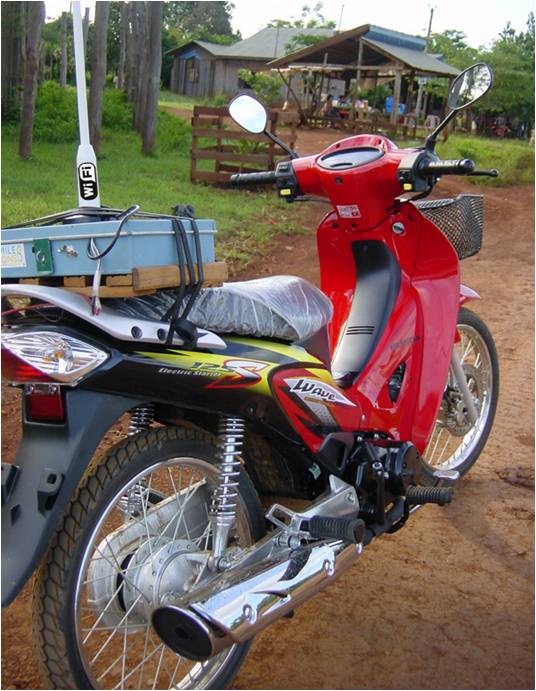Apps for Ag: USAID's Judy Payne on using ICT to increase the impact of agriculture sector development

At this morning’s Breakfast Seminar, Judy Payne—ICT Advisor for USAID’s EGAT and Africa Bureaus—gave a very interesting presentation on the role information and communication technologies can play in supporting agriculture value chain development. After starting off with a joke (“Icy tea? Why not hot tea?”), Payne gave a brief overview of the kinds of technology she means when she talks about ICT, especially in an agricultural context. These include more than you might think—ICT is not just cell phones, although they are incredibly important; ICT options also include radios, digital cameras, geographic information systems (GIS), cloud computing, tracking mechanisms, etc. The following five technologies were highlighted as examples of how ICT can help tackle key challenges in value chain development:
- Pricing and weather information systems

- Applications (or apps) to help buyers manage transactions with the thousands of small-scale farmers who supply to them
- Mobile banking and apps that facilitate quick payments
- Initiatives to expand the reach of farm extension services through phone, radio, video and sometimes all three
- SMS or text messaging campaigns for enabling environment advocacy
Because there are so many different ways that ICT can help expand the impact of agriculture development initiatives, Payne recommended incorporating it into the value chain analysis. Check out her presentation for a great list of questions to keep in mind during the project design phase.
Her presentation also contains more details on ICT-related opportunities and challenges. Of the latter, one kept coming up again and again during the seminar: the lure of “cool” devices. Specifically, Payne cautioned that cool devices are not always great for sustainable scaling up of ICT and that practitioners need to think about their business and technical models, scalability and pricing, even in a pilot. This really resonated for me, especially when she talked about the “cool new devices” that came out in Nigeria by the truckload every month, which is exactly what I remember from my time there. But the latest and greatest phones don’t do much good if the battery won’t last more than a few hours because of all of the bells and whistles and steady and affordable electricity isn’t a guarantee.
Payne concluded her presentation with several illustrative examples of ICT applications supporting agriculture projects, but my favorite was her story about how simply adding barcodes (rather than chalk markings) to pallets of Kenyan pineapples meant that they were processed through European customs much more quickly. The chalked pallets were always relegated to the bottom of the list, presumably because it took longer to process them without the digitized information provided by the barcodes. The time-savings reduced spoilage and resulted in higher farmer incomes. To me, it was a great example of how simple solutions can be very powerful, even when talking about technology.
As a last take-away, Payne referenced these for resources for further information about ICT:
- USAID’s Global Broadband & Innovations initiative
- USAID’s FACET project on ICT and agriculture
- E-Agriculture global community of practice
- Grameen Foundation’s AppLab
Check them out!


